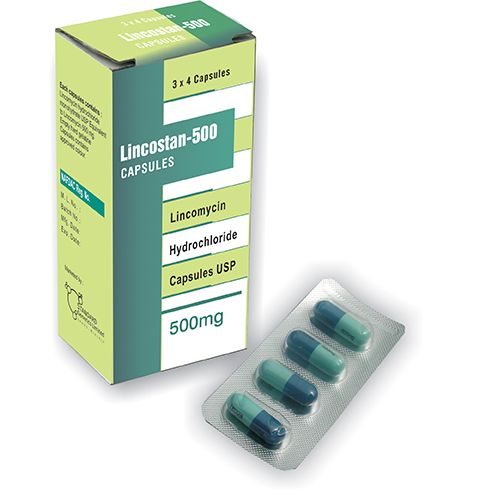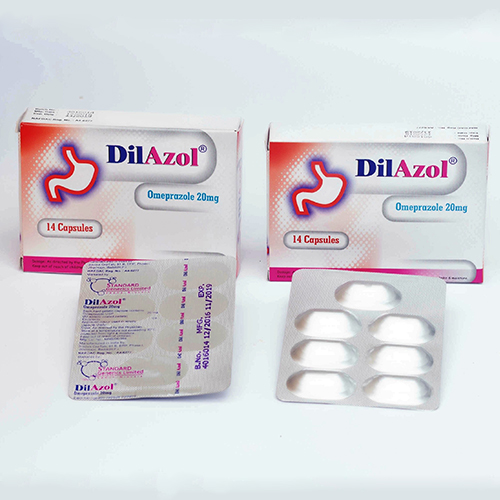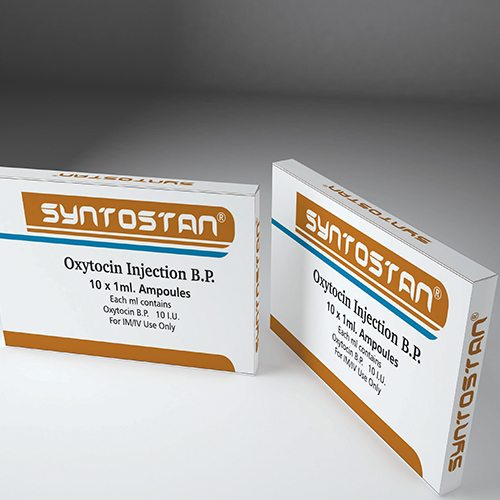Lincostan
Treatment of the following infections when caused by susceptible strains of gram-positive aerobes, e.g Streptococci, Pneumococci and Staphylococci, or by susceptible anaerobic bacteria. Upper respiratory infections including tonsillitis, pharyngitis, otitis media, sinusitis, scarlet fever and as adjuvant therapy for diphtheria.
Therapeutic Class
Dosage Form & Composition
Indications
Treatment of the following infections when caused by susceptible strains of gram-positive aerobes, e.g Streptococci, Pneumococci and Staphylococci, or by susceptible anaerobic bacteria.
Upper respiratory infections including tonsillitis, pharyngitis, otitis media, sinusitis, scarlet fever and as adjuvant therapy for diphtheria.
Effectiveness in the treatment of mastoiditis would be anticipated.
Lower respiratory infections including acute bronchitis and pneumonia.
Skin and soft tissue infections including cellulitis, furuncles, abscesses, impetigo, acne and wound infections, conditions like erysipelas, lymphadenitis, paronychia (panaritium), mastitis and cutaneous gangrene should, if caused by susceptible microorganisms, respond to Lincomycin therapy.
Bone and joint infections including osteomylitis and septic arthritis.
Septicemia and Endocarditis: Selected cases of septicemia and/or endocarditis due to susceptible organisms have responded well to Lincomycin. However, bactericidal drugs are often preferred for these infections.
Contra-indications
Precautions/Warnings
The clinical spectrum varies from mild, watery diarrhea to severe persistent diarrhea, leukocytosis, fever, severe abdominal cramps which may be associated with the passage of blood and mucus which, if allowed to progress, may produce peritonitis, shock and toxic megacolon.
The diagnosis of antibiotic-associated colitis is usually made by the endoscopic demonstration of pseudomembranous colitis and may be further confirmed by culture of the stool for Clostridium difficile on selective media and assay of the stool specimen for the toxin(s) of the C. difficile.
Dosage & Administration
Adult: Moderately severe infection: 500 mg every 8 hours; Severe infection: 500 mg every six hours.
Children: 30 mg/kg every 6 – 8 hours depending on the severity of the infection.






Reviews
There are no reviews yet.